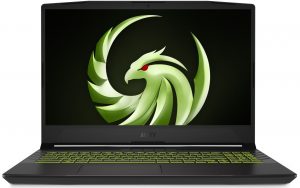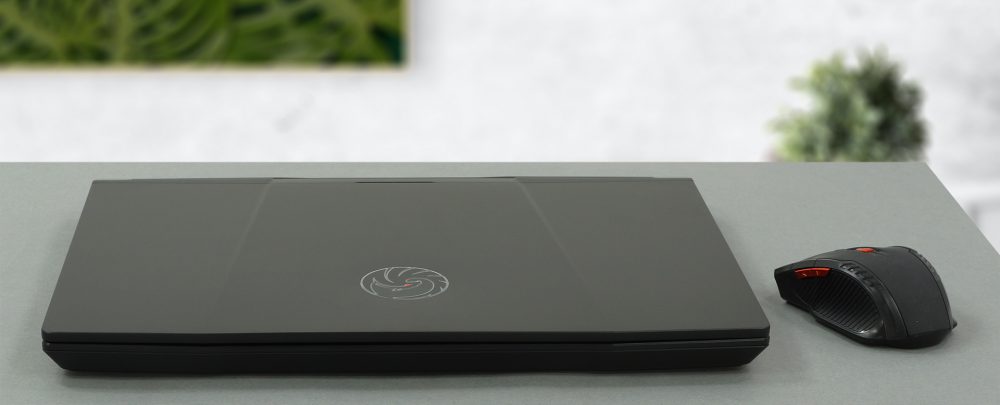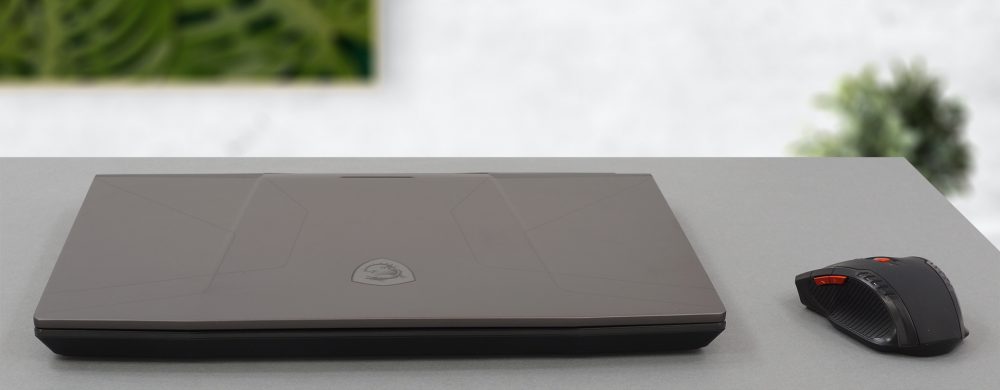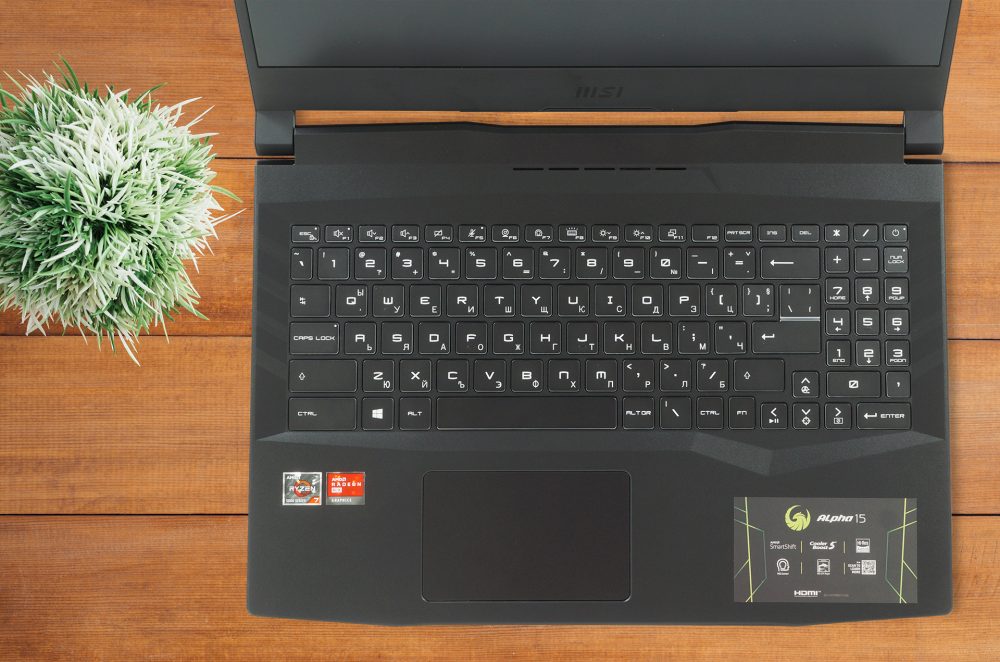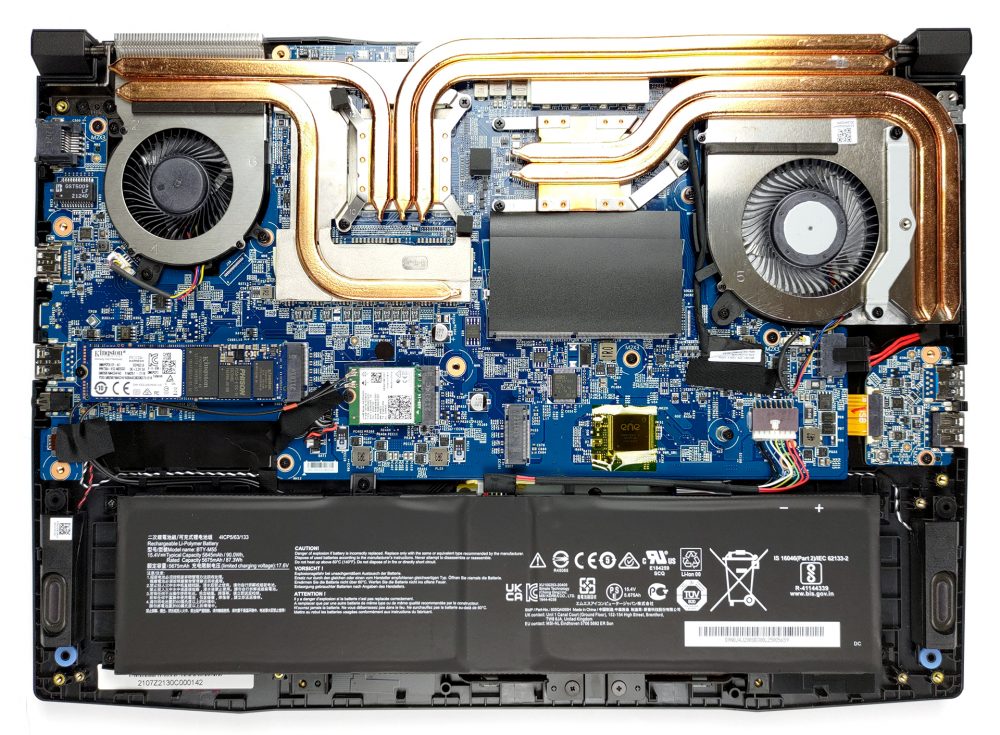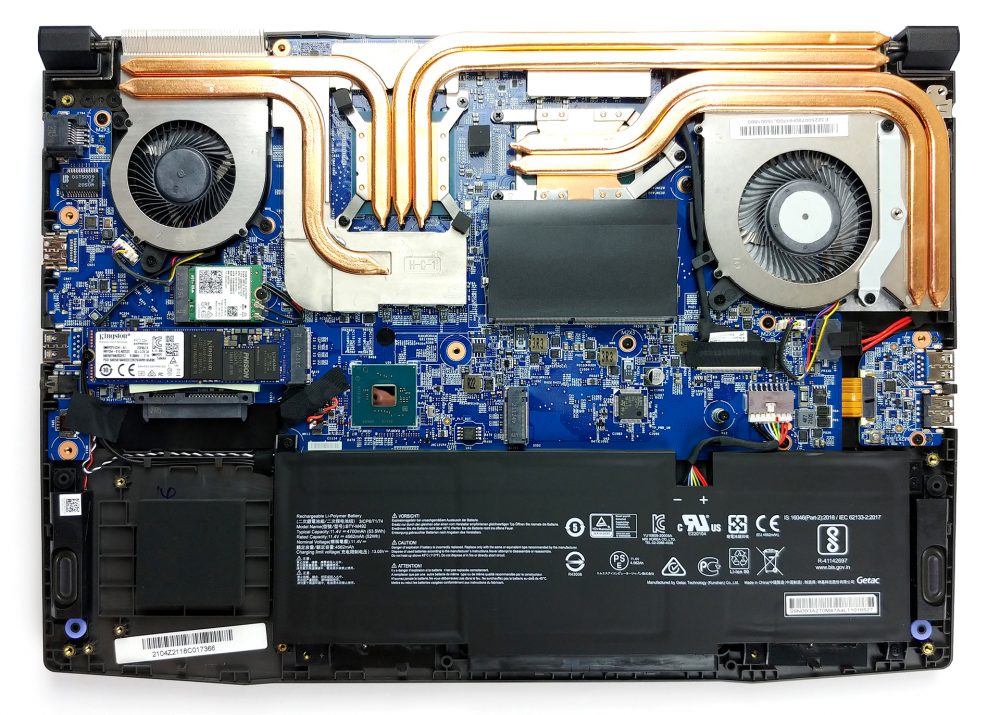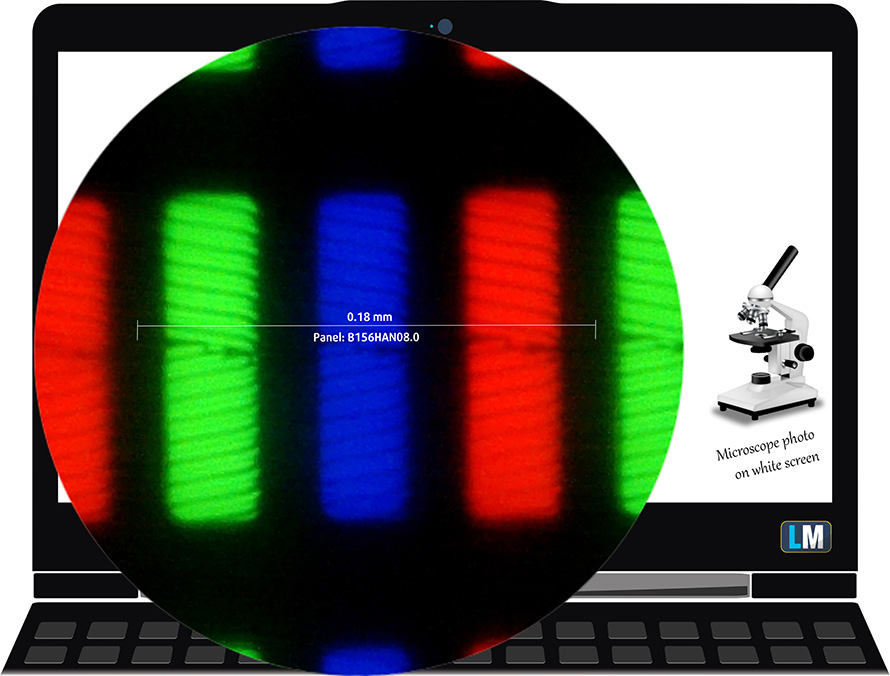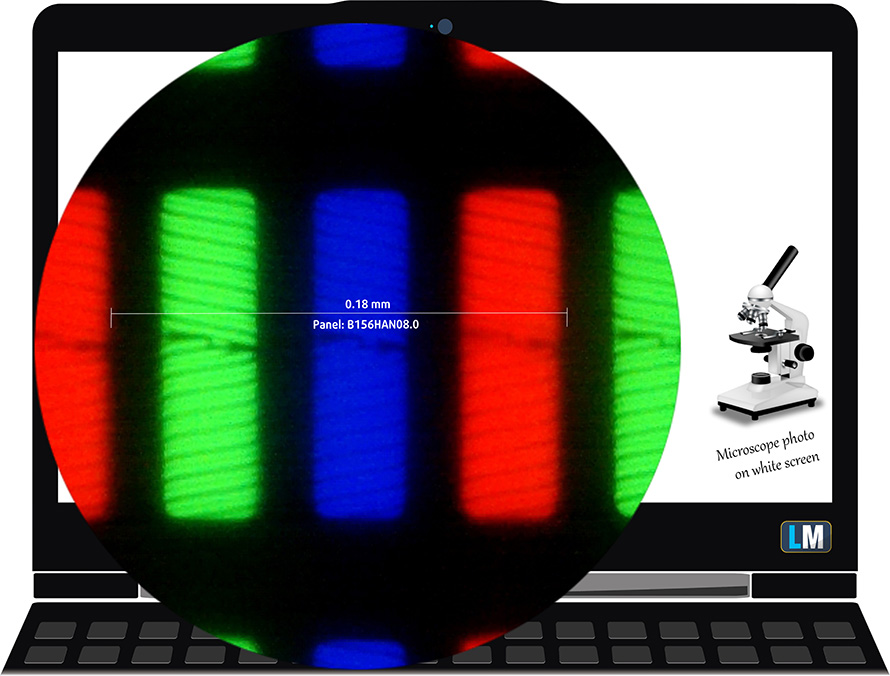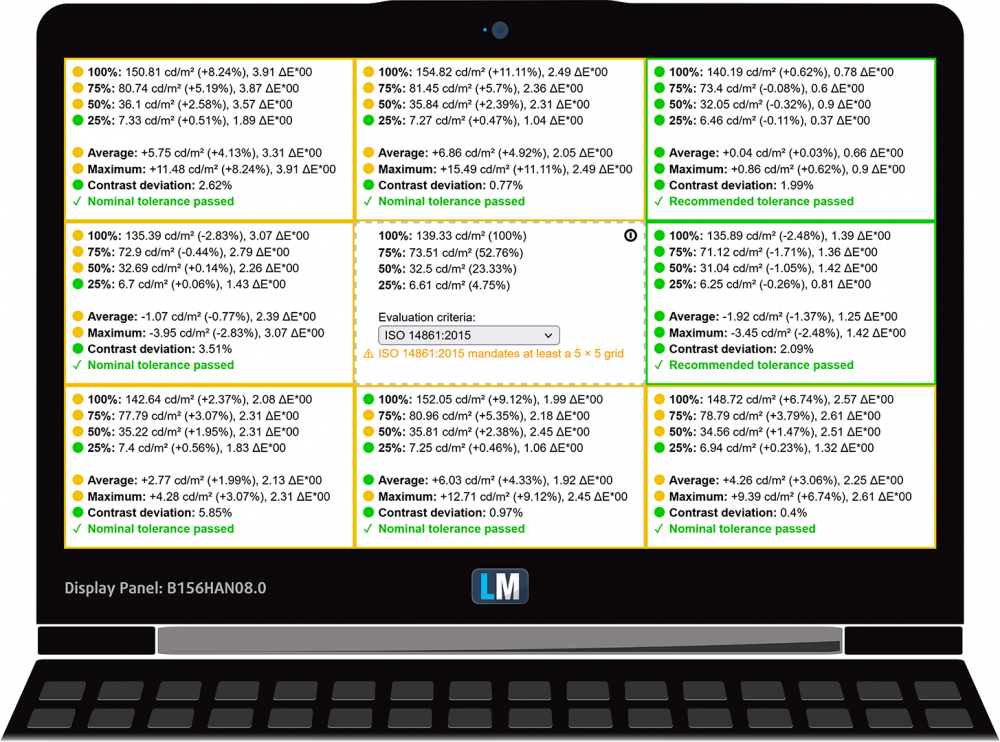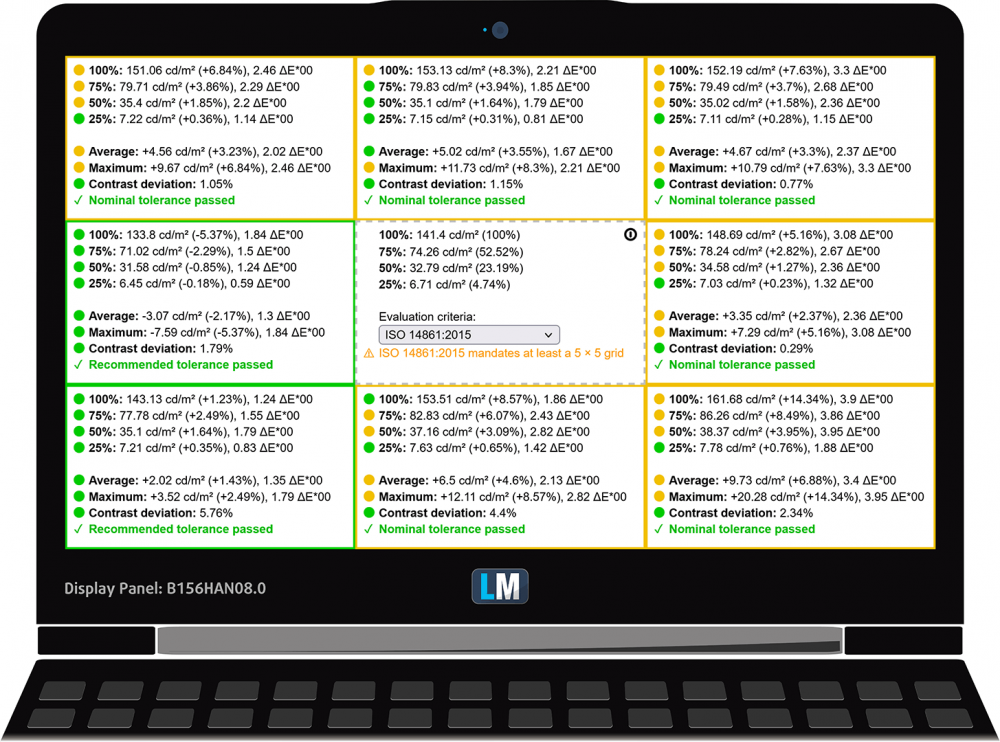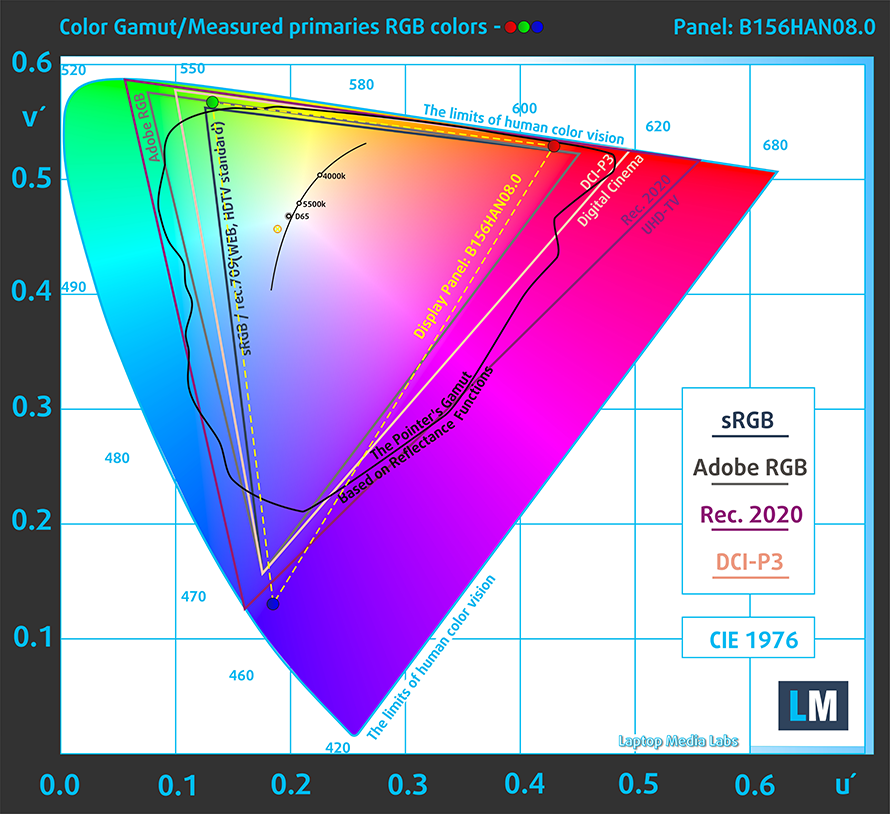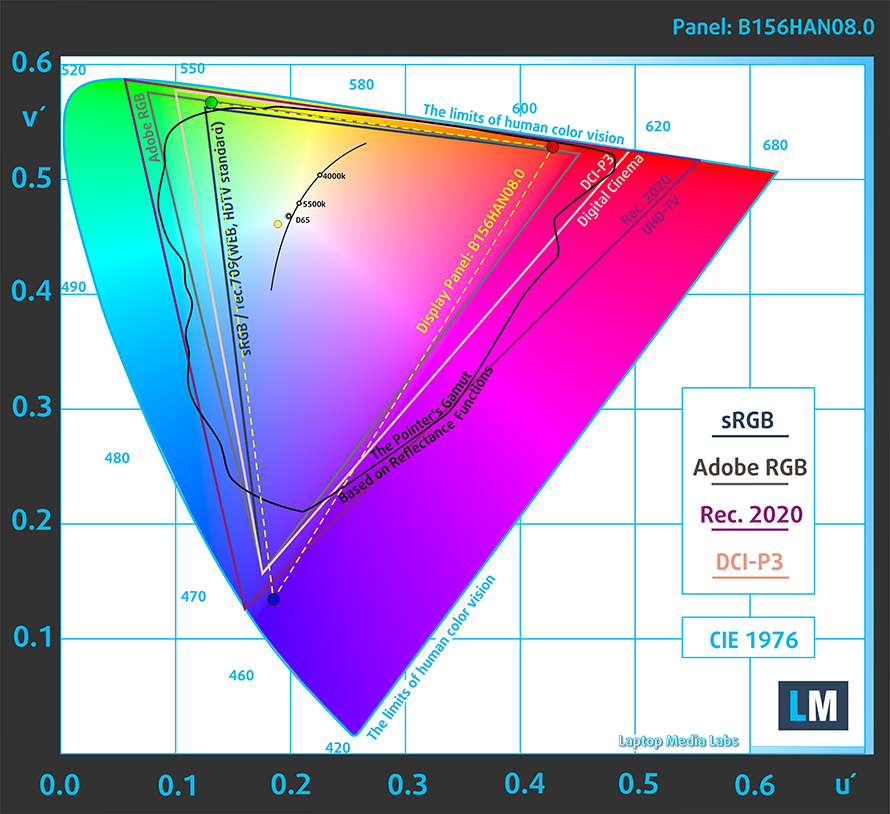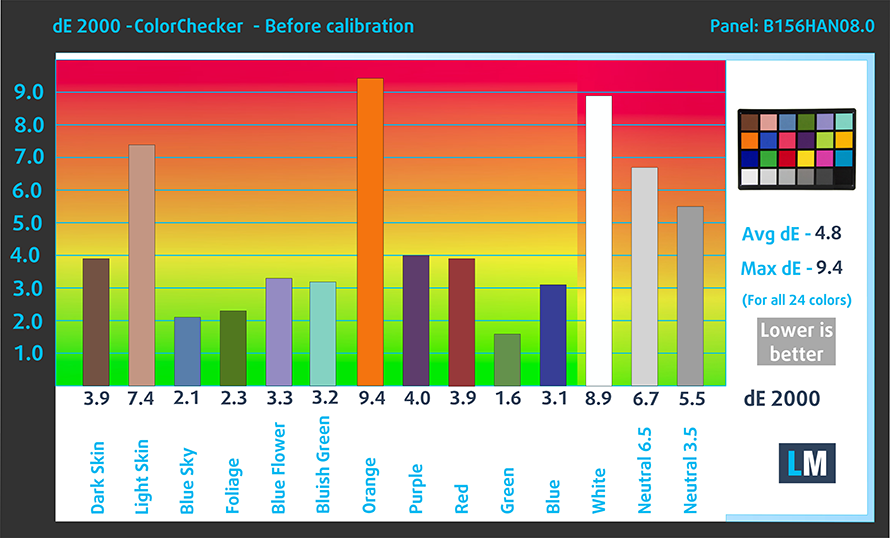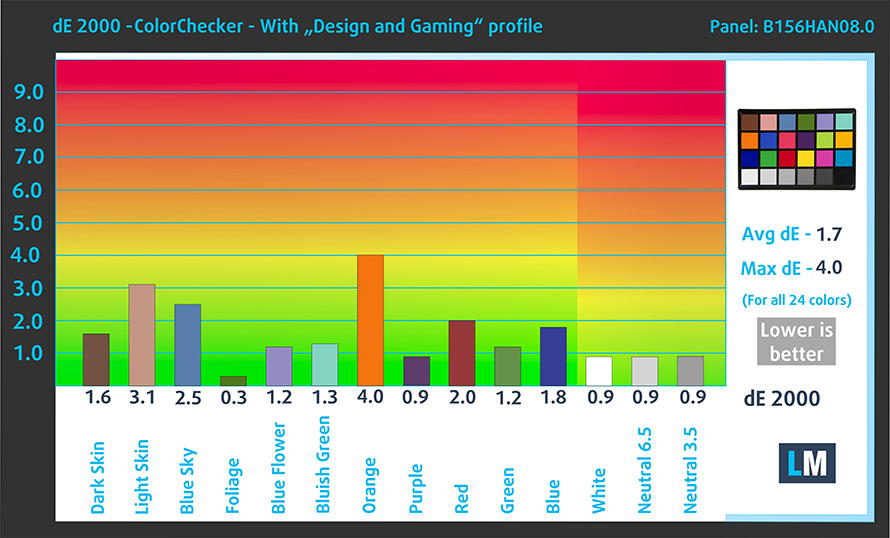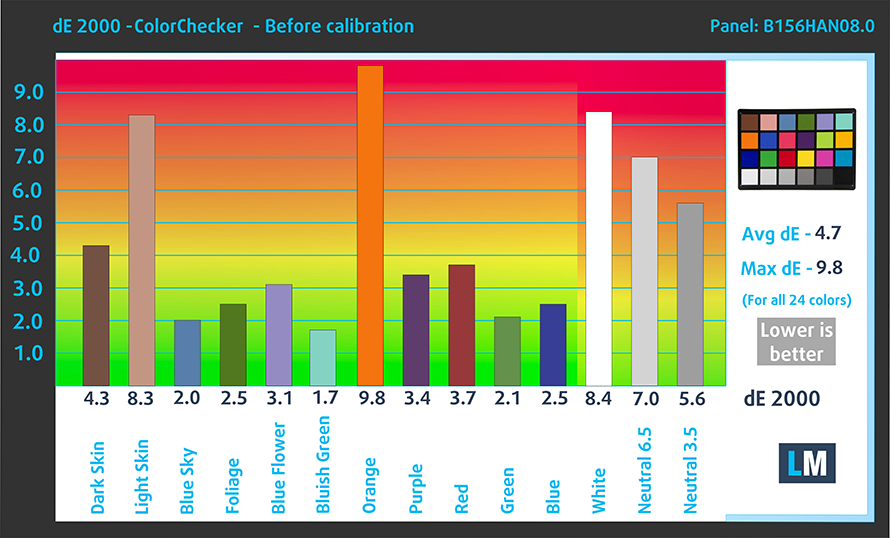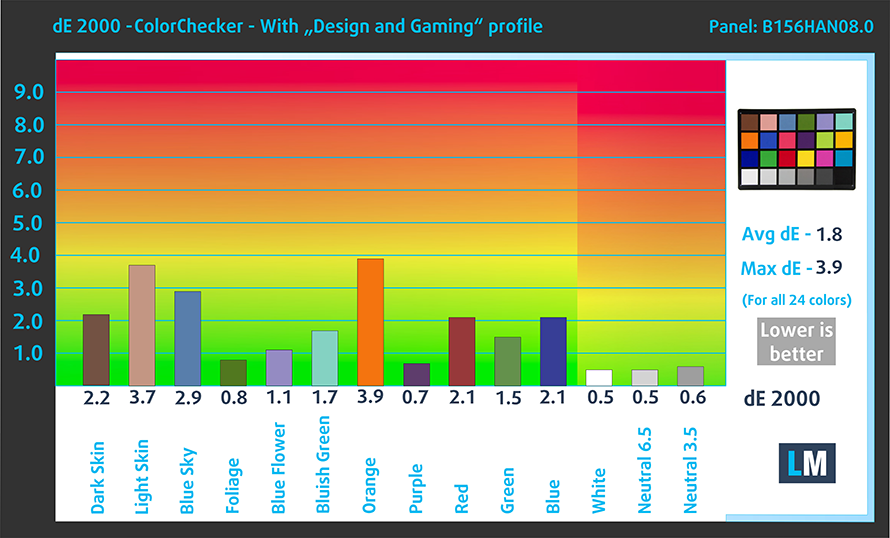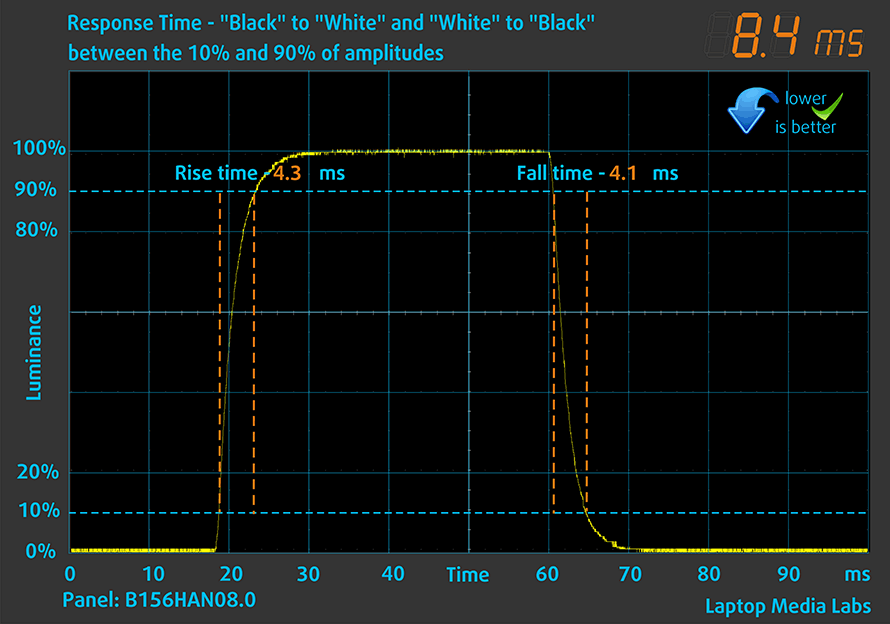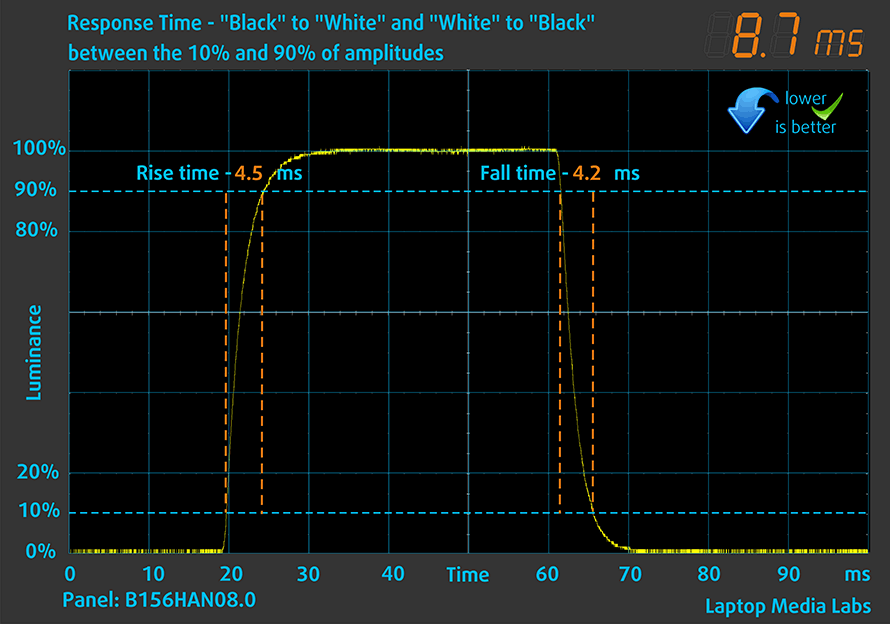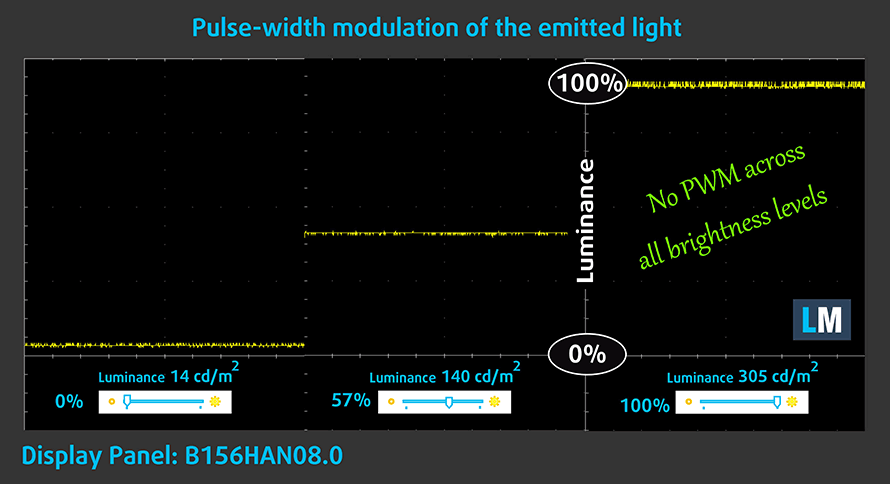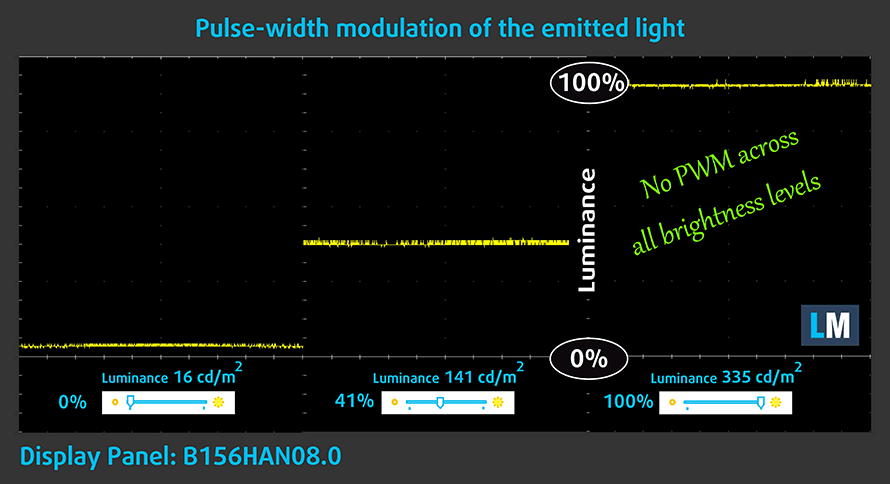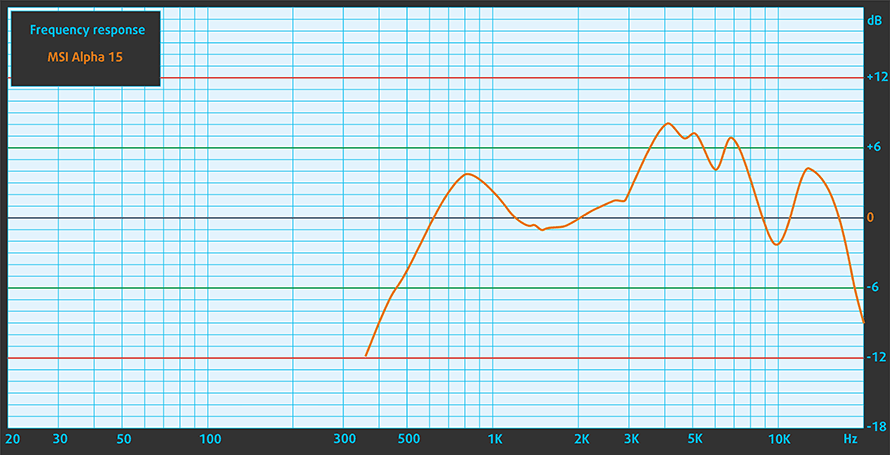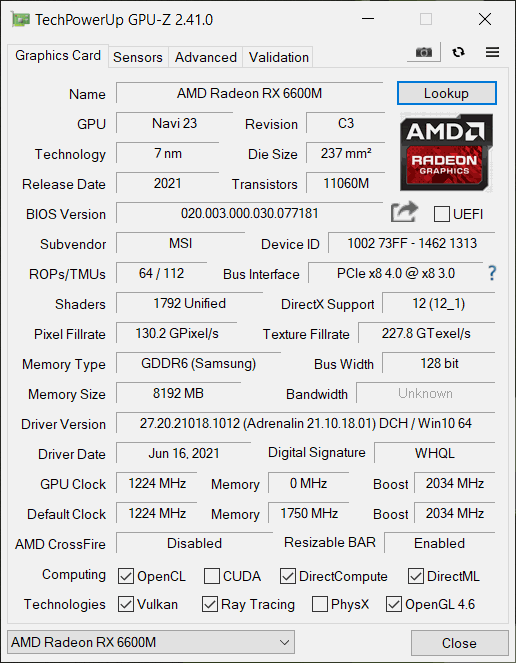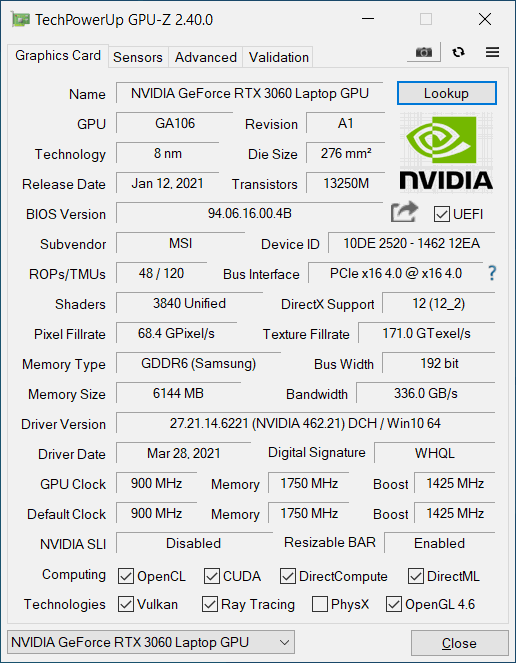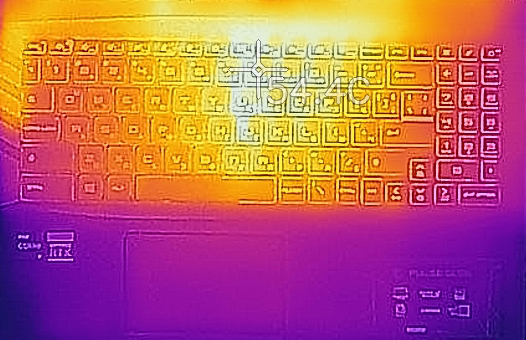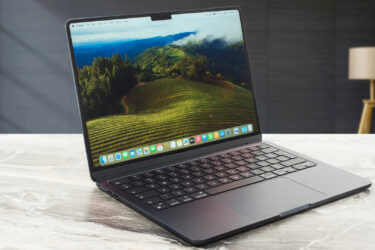[In-Depth Comparison] MSI Alpha 15 (B5Ex) vs MSI GL66 Pulse – the choice boils down to the hardware preference
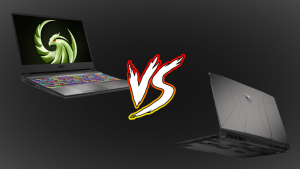 Today we are in for a great comparison. The RX 6600M is AMD’s new entry into the mobile GPU market and it is out on a mission to prove itself against every possible opponent. Today we have our first laptop with it, the MSI Alpha 15, which pairs the RX 6600M with a very capable CPU in the face of the Ryzen 7 5800H.
Today we are in for a great comparison. The RX 6600M is AMD’s new entry into the mobile GPU market and it is out on a mission to prove itself against every possible opponent. Today we have our first laptop with it, the MSI Alpha 15, which pairs the RX 6600M with a very capable CPU in the face of the Ryzen 7 5800H.
To go against it, we have the MSI Pulse GL66, which packs Intel and NVIDIA hardware, both competitors to AMD in the CPU and GPU markets. Today we are comparing the two laptops in every area imaginable, to determine which one is a better choice in the mid to upper mid-range segment and which is a better fit for you, depending on your lifestyle and needs.
Today we are giving you an in-depth comparison between the MSI Alpha 15 (B5Ex) and the MSI GL66 Pulse.
MSI Alpha 15 (B5Ex): Full Specs / In-depth Review
MSI GL66 Pulse: Full Specs / In-depth Review
MSI Alpha 15 (B5Ex) configurations:
MSI GL66 Pulse configurations:
Contents
Design and construction
The MSI Alpha 15 offers an entirely metal build with a simple and minimalistic design, which provides decent rigidity. The basic boxy shape has some angles to it, with the lid, which opens with a single hand, having two lines, which give it a more aggressive outlook. On the lid, you can also see a different MSI logo, which is in the form of a bird. In terms of dimensions, the laptop stops the scales at 2.35 kg and has a profile of 24mm.
Moving over to the MSI Pulse GL66, it has a plastic body and a metal lid, which both completely resist our attempts to flex them. With the new Pulse branding, the laptop has some lines on the lid and the base, which have been made to look like as if the laptop is “a living organism pulsating with power”. The Pulse is 100 grams lighter while keeping a similar profile of 23.9mm.
Keyboard and touchpad
The input devices that the MSI Alpha comes with are pretty good. The keyboard has either a Red or an RGB backlight, long key travel, clicky feedback, and large keycaps. The laptop has a small NumPad segment along with shortcuts to the MSI Center and fan control. The touchpad has fast and accurate tracking, but the clicking mechanism has a dead zone.
As for the Pulse laptop, its keyboard looks very similar to the one on the Alpha laptop. It also comes with an RGB backlight, decent key travel, but the feedback is slightly softer. The unit also has a NumPad and decently-sized arrow keys. The touchpad has some Pulse designs on it, which might not be up to everyone’s alley. What is important is that the pad is accurate and responsive.
Ports
Both laptops have the same number and types of ports, which consists of a total of three USB Type-A (one 2.0 port and two 3.2 Gen. 1) ports, one USB Type-C 3.2 (Gen. 1) port, an HDMI 2.0 connector, an Ethernet port, and a 3.5 mm audio jack.
MSI Alpha 15 (B5Ex)
MSI Pulse GL66
Spec sheet
MSI Alpha 15 (B5Ex) series
- Dimensions
- 359 x 259 x 23.95 mm (14.13" x 10.20" x 0.94")
- Weight
- 2.35 kg (5.2 lbs)
- Price
- Not Available
MSI Pulse GL66 series
- Dimensions
- 359 x 259 x 23.9 mm (14.13" x 10.20" x 0.94")
- Weight
- 2.25 kg (5 lbs)
- Price
- Not Available
Disassembly, Upgrade options
Both laptops are disassembled the same way, with a total of 13 Phillips-head screws holding them together. Both of them offer the same amount of upgradeability, with two SODIMM RAM slots, which can hold up to 64GB of DDR4 memory and two M.2 PCIe x4 drive slots, for future SSD expansion.
Display quality
The MSI Alpha 15 offers a single display with an IPS panel and a 15.6-inch diagonal. The Pulse GL66 has two panels with the same 15.6-inch diagonal and either Full HD or QHD resolution and a refresh rate of either 144Hz or 165Hz. In our case, both laptops came with a 15.6-inch Full HD IPS panel with a 144Hz refresh rate, a pixel density of 142 PPI, a pitch of 0.18 x 0.18 mm, and a Retina distance of 60cm or 24 inches.
Both laptops have excellent viewing angles, which you can check out below, thanks to our 45° images.
The display on the Alpha 15 has a maximum brightness of 305 nits in the middle of the screen, 310 nits as an average for the entire display area, and a maximum deviation of 8%. The contrast ratio is good – 1270:1.
As for the Pulse GL66, it has a higher maximum brightness of 335 nits in the middle of the screen, 351 nits as an average for the entire display area, and a deviation of 14%. It also has a higher contrast ratio of 1320:1.
Color coverage
To make sure we are on the same page, we would like to give you a little introduction to the sRGB color gamut and the Adobe RGB. To start, there’s the CIE 1976 Uniform Chromaticity Diagram that represents the visible specter of colors by the human eye, giving you a better perception of the color gamut coverage and the color accuracy.
Inside the black triangle, you will see the standard color gamut (sRGB) that is being used by millions of people on HDTV and on the web. As for the Adobe RGB, this is used in professional cameras, monitors, etc for printing. Basically, colors inside the black triangle are used by everyone and this is the essential part of the color quality and color accuracy of a mainstream notebook.
Still, we’ve included other color spaces like the famous DCI-P3 standard used by movie studios, as well as the digital UHD Rec.2020 standard. Rec.2020, however, is still a thing of the future and it’s difficult for today’s displays to cover that well. We’ve also included the so-called Michael Pointer gamut, or Pointer’s gamut, which represents the colors that naturally occur around us every day.
The yellow dotted line shows MSI Alpha 15 (B5Ex)’s and MSI Pulse GL66’s color gamut coverage.
Both displays show near-complete sRGB coverage, with both laptops covering 93% of the sRGB color gamut.
Color accuracy
We tested the accuracy of the display with 24 commonly used colors like light and dark human skin, blue sky, green grass, orange, etc. You can check out the results at factory condition and also, with the “Design and Gaming” profile.
Below you can check the results from the test of both laptops, with both the factory settings (left) and with our “Design and Gaming” profile applied (right).
MSI Alpha 15 (B5Ex)
MSI Pulse GL66
Response time (Gaming capabilities)
We test the reaction time of the pixels with the usual “black-to-white” and “white-to-black” methods from 10% to 90% and vice versa.
Both laptops had a very fast response time, which was below 9 ms. However, the Alpha 15 had a faster Fall + Rise time of 8.4 ms.
Health Impact / PWM (Blue light)
PWM – Screen flickering
Pulse-width modulation (PWM) is an easy way to control monitor brightness. When you lower the brightness, the light intensity of the backlight is not lowered, but instead turned off and on by the electronics with a frequency indistinguishable to the human eye. In these light impulses, the light/no-light time ratio varies, while brightness remains unchanged, which is harmful to your eyes. You can read more about that in our dedicated article on PWM.
In terms of flickering both panels show no usage of PWM across any brightness levels.
Blue light emissions
Installing our Health-Guard profile not only eliminates PWM but also reduces the harmful Blue Light emissions while keeping the colors of the screen perceptually accurate. If you’re not familiar with the Blue light, the TL;DR version is – emissions that negatively affect your eyes, skin, and your whole body. You can find more information about that in our dedicated article on Blue Light.
Buy our profiles
Here at LaptopMedia, we create a set of custom-tailored profiles for every notebook we review. They boost the productivity of display and reduce negative effects such as blue light emissions and PWM. You can read more about them here.
MSI Alpha 15 (B5Ex) 15.6″ FHD IPS AUO B156HAN08.0 (AUO80ED): Buy our profiles
MSI Pulse GL66 15.6″ FHD IPS AUO B156HAN08.0 (AUO80ED): Buy our profiles
Sound
On both laptops, the speakers are located on the bottom, firing in the opposite direction of the user. In terms of audio quality, the Alpha 15 has deviations from clarity across the entire frequency range, but the sound that it produces is decent. As for the Pulse GL66, it is clear from deviations, but the volume is a bit low.
Battery
The way we conduct our battery tests is with the Windows Better performance setting turned on, screen brightness adjusted to 120 nits, and all other programs turned off except for the one we are testing the notebook with. The Alpha 15 has nearly double the battery capacity, with 90Wh instead of the 53.5Wh unit that is found inside the Pulse GL66. Unsurprisingly, the Alpha 15 lasted for about 6 hours more of Web browsing and video playback.
In order to simulate real-life conditions, we used our own script for automatic web browsing through over 70 websites.

For every test like this, we use the same video in HD.

Performance
The MSI Alpha 15 is equipped with the Ryzen 7 5800H and the Radeon RX 6600M with no other options. As for the Pulse GL66, it gives you the option of either the Core i5-11400H or the Core i7-11800H. As for the graphics, you can pick from the RTX 3050, RTX 3050 Ti, RTX 3060, and the RTX 3070.
CPU benchmarks
Here we tested the Ryzen 7 5800H and the Core i7-11800H. In the 3D Rendering benchmark, the Ryzen 7 came on top with a lead of 6%, while the Core i7 took the W in the photoshop benchmark, being 0.6 seconds faster.
Results are from the Cinebench R23 CPU test (the higher the score, the better)
Results are from our Photoshop benchmark test (the lower the score, the better)
GPU benchmarks
Here we put the RX 6600M against the 85W RTX 3060. The Radeon GPU performed better in 3DMark Fire Strike, having a lead of 18%. However, the RTX 3060 was better in the two Unigine benchmarks, with leads of 4% and 9%, respectively.
Results are from the 3DMark: Time Spy (Graphics) benchmark (higher the score, the better)
Results are from the 3DMark: Fire Strike (Graphics) benchmark (higher the score, the better)
Results are from the Unigine Superposition benchmark (higher the score, the better)
Gaming tests

| Far Cry 5 | Full HD, Normal (Check settings) | Full HD, High (Check settings) | Full HD, Ultra (Check settings) |
|---|---|---|---|
| MSI Alpha 15 (B5Ex) – Radeon RX 6600M | 110 fps | 105 fps | 99 fps |
| MSI Pulse GL66 – GeForce RTX 3060 (85W) | 121 fps (+10%) | 111 fps (+6%) | 102 fps (+3%) |

| Rise of the Tomb Raider (2016) | Full HD, Medium (Check settings) | Full HD, Very High (Check settings) | Full HD, MAX (Check settings) |
|---|---|---|---|
| MSI Alpha 15 (B5Ex) – Radeon RX 6600M | 149 fps (+6%) | 83 fps (+8%) | 52 fps (+2%) |
| MSI Pulse GL66 – GeForce RTX 3060 (85W) | 141 fps | 77 fps | 51 fps |

| Tom Clancy’s Ghost Recon Wildlands | Full HD, High (Check settings) | Full HD, Very High (Check settings) | Full HD, Ultra (Check settings) |
|---|---|---|---|
| MSI Alpha 15 (B5Ex) – Radeon RX 6600M | 95 fps | 82 fps | 57 fps (+6%) |
| MSI Pulse GL66 – GeForce RTX 3060 (85W) | 99 fps (+4%) | 83 fps (+1%) | 54 fps |
Temperatures and comfort
While we can’t directly compare the results of our stress tests, we can still show how both laptops reacted when pushed to their limits, especially since they use the same cooling solution, which has a total of six copper heat pipes and two fans.
Max CPU load
In this test we use 100% on the CPU cores, monitoring their frequencies and chip temperature. The first column shows a computer’s reaction to a short load (2-10 seconds), the second column simulates a serious task (between 15 and 30 seconds), and the third column is a good indicator of how good the laptop is for long loads such as video rendering.
| AMD Ryzen 7 5800H (45W TDP) | 0:02 – 0:10 sec | 0:15 – 0:30 sec | 10:00 – 15:00 min |
|---|---|---|---|
| MSI Alpha 15 (B5Ex) | 3.35 GHz (B+5%) @ 75°C | 3.27 GHz (B+2%) @ 93°C | 3.29 GHz (B+3%) @ 95°C |
The CPU maintained a frequency above the base one even after 15 minutes of testing, while also not overheating.
| Intel Core i7-11800H (45W TDP) | 0:02 – 0:10 sec | 0:15 – 0:30 sec | 10:00 – 15:00 min |
|---|---|---|---|
| MSI Pulse GL66 | 2.94 GHz (B+28%) @ 94°C @ 58W | 2.76 GHz (B+20%) @ 94°C @ 52W | 2.77 GHz (B+20%) @ 94°C @ 52W |
The Core i7 also had a frequency that was above the base one at the end of the test, albeit it is lower than the one on the Ryzen 7 chip.
Real-life gaming
| AMD Radeon RX 6600M | GPU frequency/ Core temp (after 2 min) | GPU frequency/ Core temp (after 30 min) | GPU frequency/ Core temp (Max Fan) |
|---|---|---|---|
| MSI Alpha 15 (B5Ex) | 2162 MHz @ 74°C @ 76W | 2164 MHz @ 76°C @ 77W | 2161 MHz @ 74°C @ 76W |
The RX 6600M didn’t even come close to 80°C, with the wattage also being really low, peaking at around 77W.
| NVIDIA GeForce RTX 3060 | GPU frequency/ Core temp (after 2 min) | GPU frequency/ Core temp (after 30 min) | GPU frequency/ Core temp (Max Fan) |
|---|---|---|---|
| MSI Pulse GL66 | 1433 MHz @ 83°C @ 85W | 1408 MHz @ 87°C @ 84W | 1437 MHz @ 81°C @ 85W |
In stark contrast, the RTX 3060 ran hotter, at a lower frequency, and has a higher wattage that peaked at 87°C.
Gaming comfort
The Alpha 15 had a much lower outside temperature, with a near 10°C difference.
Verdict
Both laptops have something going for them, but we just can’t feel that MSI is dumping a lot of devices that are essentially similar under the hood, with the main differences being the CPU and GPU choice, as well as employing a different approach to the design. What this tactic accomplishes is confusing the consumers furthermore, to the point that they find a load of MSI products that have no distinguishable features.
Starting from the design, the Alpha 15 is the obvious winner here, with its metal unibody. However, even with the Pulse being made out of plastic, it is as rigid as the Alpha laptop, while also being lighter. Both laptops share the same keyboard layout, with the unit on the Pulse GL66 having softer feedback. The I/O is also the same, as well as the upgradeability, motherboard layout, and cooling solutions.
The laptops also use the same display panel down to the model number. However, the one on the Pulse GL66 is slightly brighter, while both units cover 93% of the sRGB color gamut and have adequate color accuracy with our Design and Gaming profile applied.
The MSI Alpha 15 has a much larger battery unit, which translates to more than double the battery life. This can also be due to the use of AMD hardware, which has gotten really energy efficient. In terms of performance, both laptops perform well both in synthetic and real-life gaming benchmarks.
In terms of cooling, the laptops ran at a similar temperature when pushed to the limit, however, the Alpha 15 had a much lower outside temperature, making it more comfortable during long gaming sessions.
To be honest, the choice of which one to go for boils down to what hardware you want. If you’re an AMD fan, then the Alpha 15 is right up your alley. If the shoe is on the other foot, the Pulse GL66 is the laptop to go for. Personally, we would go with the MSI Alpha 15, due to its much larger battery life, similar performance, and the fact that it runs cooler (at least on the outside).
Why choose MSI Alpha 15 (B5Ex)?
- + Has an all-metal design
- + Better comfort during full load
- + More than double the battery life
Why choose MSI Pulse GL66?
- + Offers more hardware options
MSI Alpha 15 (B5Ex): Full Specs / In-depth Review
MSI GL66 Pulse: Full Specs / In-depth Review
